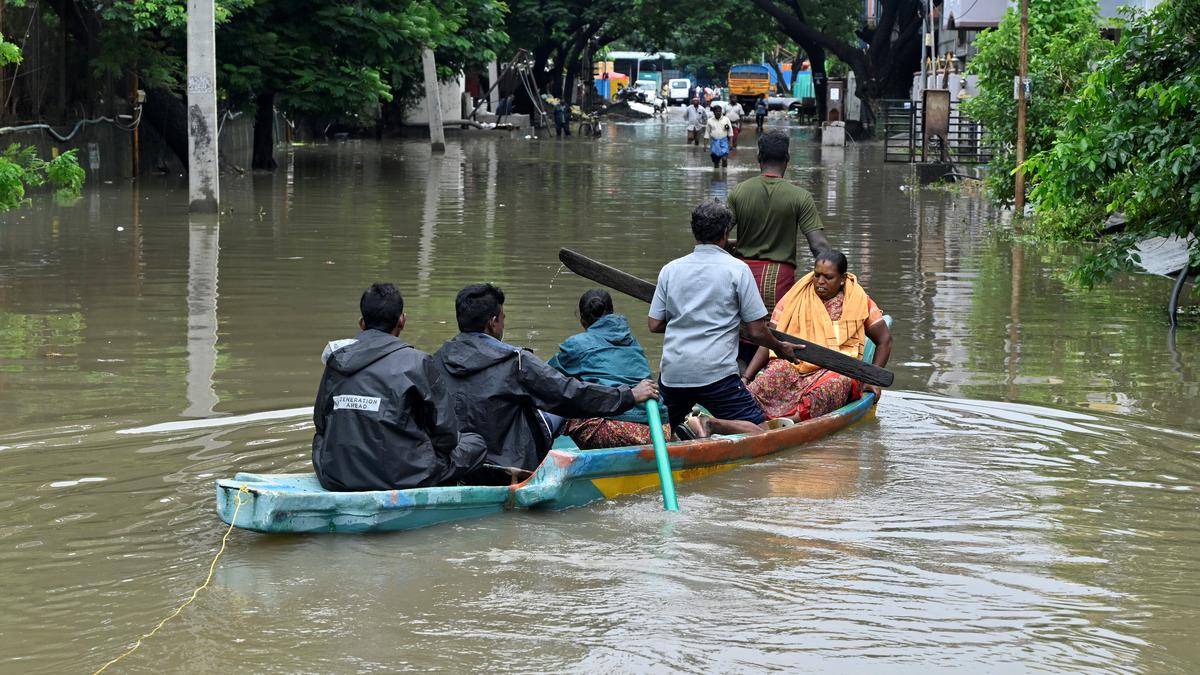The Delhi government, along with the Municipal Corporation of Delhi (MCD) and the Delhi Development Authority (DDA), plans to invest more than ₹57,300 crore over the next five years to upgrade the capital’s stormwater drainage system. Separate master plans have been prepared for the Najafgarh, Barapullah and Trans-Yamuna basins, which together carry stormwater from across Delhi into the Yamuna, outlining systematic and phase-wise investments by the agencies.
Officials said the focus will be on rehabilitating flood-prone areas, building infrastructure to eliminate waterlogging, and expanding the city’s drainage network. The Drainage Master Plan of Delhi is scheduled to be unveiled on Friday at the NDMC Convention Centre by Union Housing and Urban Affairs Minister Manohar Lal Khattar, Chief Minister Rekha Gupta and PWD and Water Minister Parvesh Verma.
According to the plan, improving the Najafgarh basin, which covers 918 sq km, will require ₹33,499 crore, while the Barapullah basin, spread across 376 sq km, will need ₹14,547 crore. The Trans-Yamuna basin, covering 197 sq km, will require ₹9,317 crore. The report also specifies projected annual contributions from each agency over the next five years.
However, raising such a large sum will be a challenge, particularly for the Delhi government and the financially constrained MCD. For comparison, Delhi’s budget for 2025–26 has been pegged at ₹1 lakh crore, with only ₹28,000 crore allocated for capital expenditure.
The Yamuna floods in 2023 and the subsequent waterlogging had underlined the city’s poor preparedness for heavy rains, sparking renewed debate about Delhi’s outdated drainage system. The decades-old network was designed to handle just 50 mm of rainfall, and years of weak infrastructure, encroachments, civic neglect and inadequate desilting have only made the situation worse.
The exercise was revived in 2023 after Union Home Minister Amit Shah reviewed Delhi’s flood management. Consultants were engaged to prepare detailed master plans for the three basins. According to officials, the new plan seeks to address long-standing problems of waterlogging, urban flooding and infrastructure stress, particularly against the backdrop of climate change and rapid urbanisation.
The recommendations include sustainable drainage systems for vulnerable areas, surface storage solutions, reduction of runoff, upgrades to primary stormwater channels, community rainwater harvesting, prevention of sewage intrusion, energy-efficient pumping stations and nature-based solutions such as green infrastructure and infiltration pits. Factoring in climate change, the plan assumes an 11 per cent rise in rainfall intensity to ensure that the system can withstand future climate events and prevent the kind of flooding Delhi has witnessed in recent monsoons, a senior official said.
